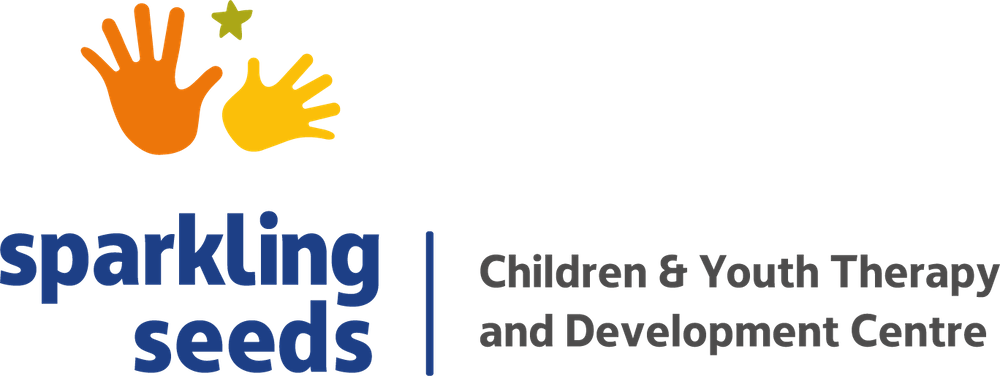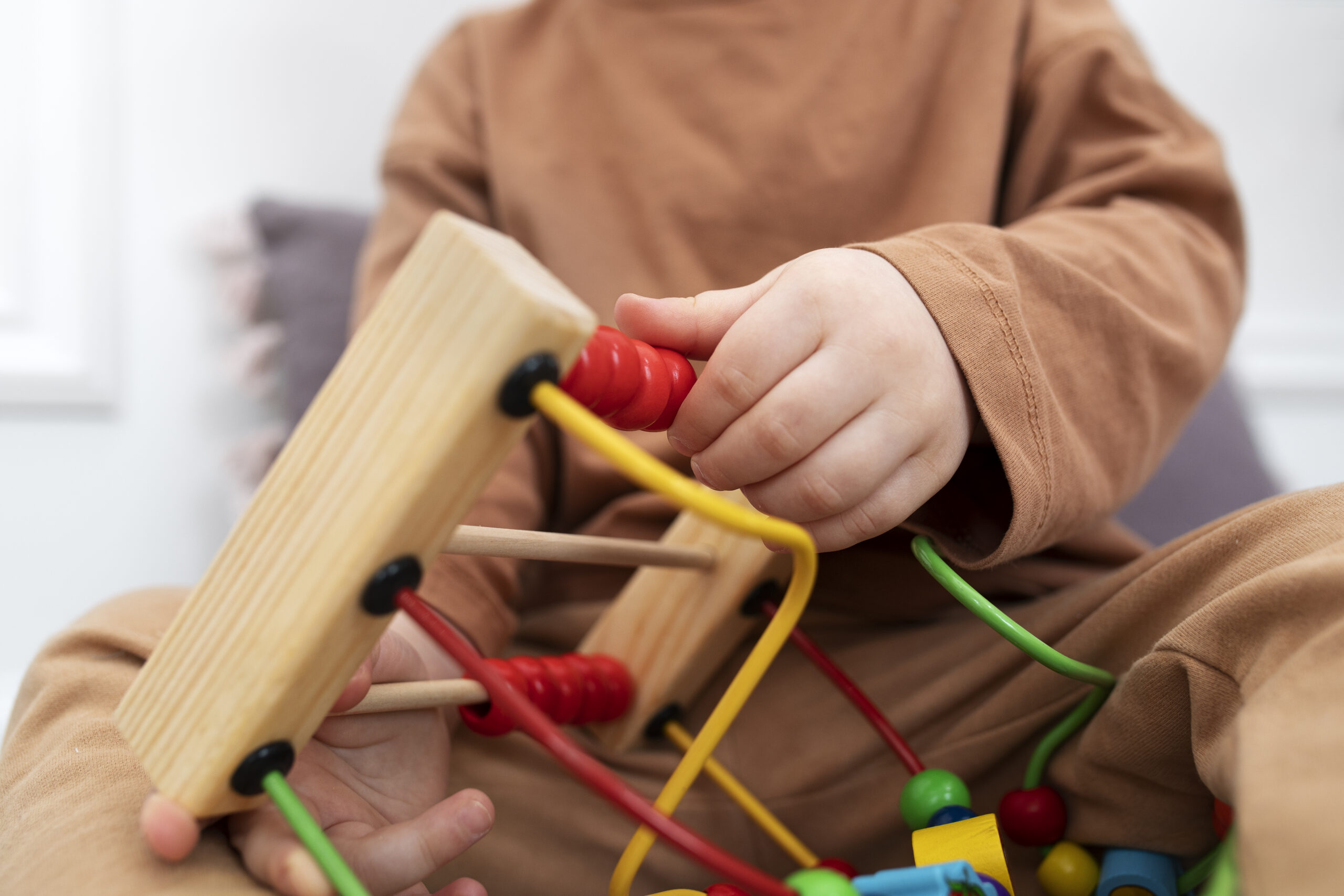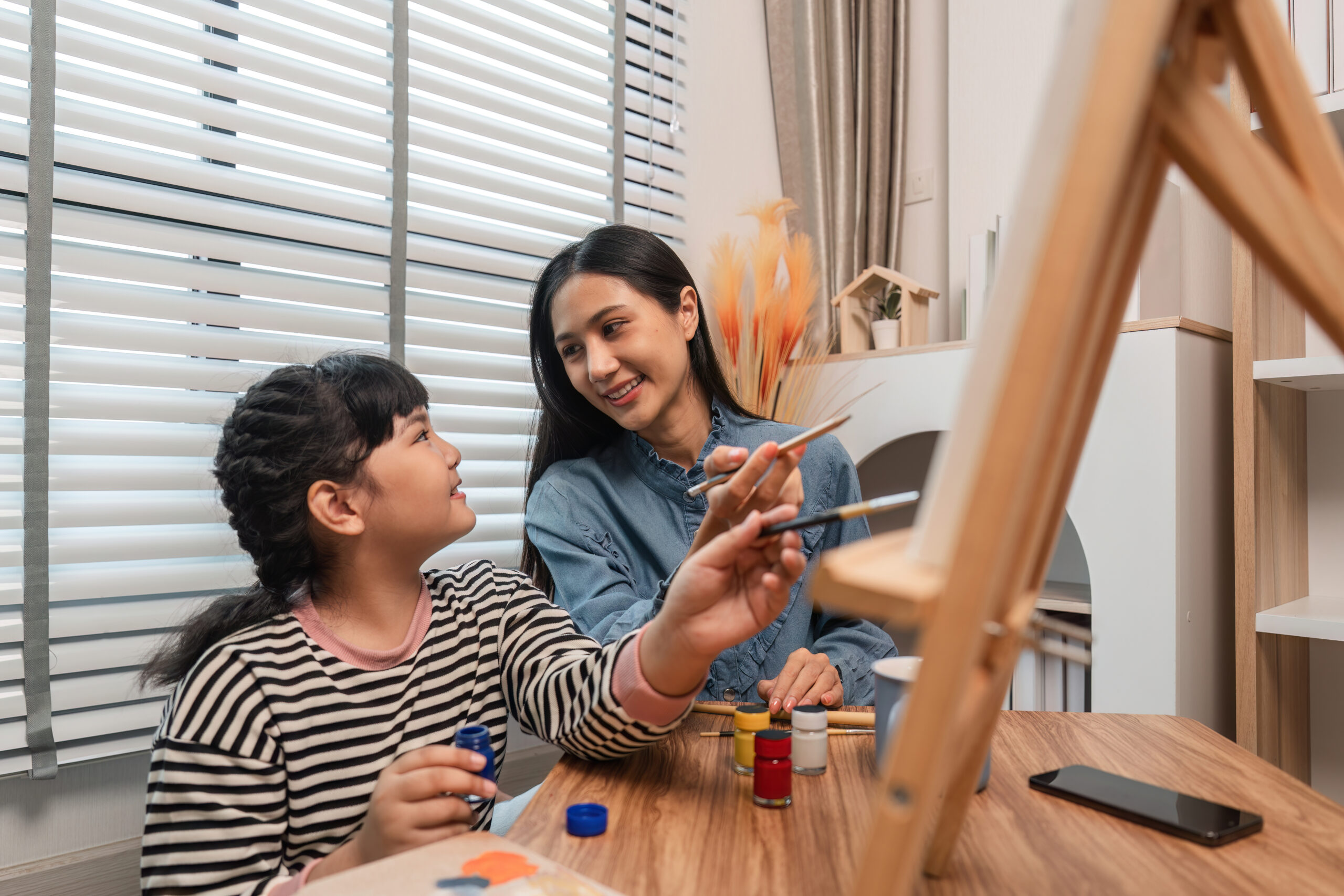Embarking on therapy can be a transformative and beneficial decision for your child and your family. However, we understand that for some families, the thought of starting therapy is a new and unfamiliar prospect, and can even feel daunting for both children and their parents.
This guide provides valuable tips for parents on how to prepare your child’s individual therapy sessions in a way that is both natural and supportive. The goal is to effectively introduce them to the concept, rather than inflating therapy into something overwhelming that requires extensive preparation. Above all, it is essential to remember that therapy is a constructive step for your child. It enables them to cultivate coping mechanisms and a repertoire of strategies to navigate the challenges they may be encountering.
Explain What Therapy Is
To ensure your child’s first experience with our team is a warm and welcoming one, start with a simple conversation in order to sufficiently prepare your child for therapy in a manner that is reassuring and transparent. By taking the time to clarify the purpose of therapy and what they can anticipate, you can alleviate any uneasiness they may have.
Bear in mind that because a child’s brain is still developing compared to an adult’s, you will need to use simple terms and language in order to help them understand the role of a therapist. You can explain to them that a therapist is like a doctor for their feelings, and that when we experience emotions such as sadness, anger, fear, or confusion, talking to someone who knows how to help us feel better can help them feel better too. Reassure your child that therapy is a safe environment, and that it’s perfectly acceptable to seek help when we’re not feeling our best.
Depending on your child’s age, we recommend Play Therapy for children 3-10 years old where they use play to express themselves. If your child has autism spectrum disorder (ASD), Play Therapy or ABA therapy might be recommended. These therapy sessions tend to focus less on discussing emotions.
Be Honest About the Reasons for Therapy
It is essential to be open and honest with your child about the reasons for seeking therapy. You will need to communicate to them that therapy can benefit the entire family, and that their going to therapy is not assigning blame on them or anybody; rather, it’s about learning the skills they need to better manage difficult emotions and behaviours in a way that supports the well-being of all the family members. Communicate to your child that going on this journey is a collective effort for the family, and that you are there to learn together how to enhance their happiness and sense of ease. If it’s relevant, you can reassure them that this therapy will help their school or academic performance if they’ve been challenged in that way.
Choose Age and Language-Appropriate Explanations
Parents must recognize and remember that young children aren’t quite ready yet to grasp complex concepts related to mental health and emotional well-being. Try to provide your child with explanations that are simple and reassuring.
Tailoring your explanation to your child’s level of comprehension can help them feel more comfortable as they prepare for their first therapy session. This is where your parental intuition comes into play in determining the appropriate level of detail. Here are some general tips for different age groups:
- For young children (4-7 years old), use phrases such as “talking time” or “the feelings doctor” to describe their therapist.
- For school-aged children (8-12 years old), explain that the therapist is someone who assists children just like themselves by allowing them to express themselves and actively listening to them. The therapist helps children to navigate and better understand their emotions and why they have them.
By providing age and language-appropriate explanations, you can help your child better understand the role of therapy and feel more at ease as they embark on their therapeutic journey.
Frame Therapy as a Positive Experience
It’s crucial to emphasize that therapy is a place where your child can address and get help while they overcome challenges they may be facing. You may need to reassure them repeatedly that seeking therapy does not imply that there is something wrong with them or that they are being punished. Therapy is a tool to help children feel supported and understood as they navigate through life’s difficulties in a safe and supportive environment. It’s a place where children can openly express their thoughts and emotions to a trusted professional.
What if My Child Doesn’t Want to Go to Therapy?
It’s actually quite common for children, particularly older ones, to initially resist the idea of attending therapy sessions. If your child is feeling uncertain or anxious, it’s best to listen to their concerns and validate their emotions. Encourage them to approach therapy with an open mind, suggest they try just one session at a time, and reassure them that it is normal to feel nervous.
Highlight the potential benefits of therapy, such as making new friends, making new art and playing with new toys, boosted happiness, and new tools to help them out at school or at home. Additionally, consider planning a fun activity following therapy, such as a visit to the park, to create a pleasant association with the experience.
By approaching therapy in a supportive and understanding manner, you can help your child feel more comfortable and willing to engage in the therapy process.
Encourage Pressure-Free Openness by Visiting Sparkling Seeds
Therapy can often seem like a daunting expectation, especially for adults embarking on their first session. For children, the idea of therapy may bring about concerns regarding what will be expected of them. That’s why it’s a good idea to bring your child to our main office at Sparkling Seeds before their sessions, so they can see what to expect.
Visiting our centre will help illuminate to them that their therapy takes place in a secure, inviting environment where they can openly express themselves. This way, you’ll help them to understand that there is no pressure to disclose anything until they feel comfortable doing so.
In therapy, there are no definitive right or wrong answers to the questions presented by the therapist. Children should be reassured that they will never be forced to discuss topics that make them uncomfortable. By easing this pressure, a weight can be lifted from the child’s shoulders.
It’s a good idea to communicate to your child that the therapist’s primary role is to listen attentively and seek to understand them without judgment. This approach can help encourage a sense of trust and openness in your child and their newfound therapeutic relationship.
Ready to Get Started? Contact Sparkling Seeds
Regardless of a child or youth’s race, gender, or upbringing, early intervention is key. This allows children to develop essential real-life skills, healthy coping mechanisms, and the ability to lead fulfilling lives.
At Sparkling Seeds, we provide comprehensive clinical-diagnostic assessments, one-on-one individualized therapy sessions, and fun family-friendly programs for children and youth navigating behavioural and emotional challenges. Our team is dedicated to supporting the well-being of young individuals, helping them navigate through challenging times and reach their full potential. Our comprehensive services are designed to help families and their children navigate life’s obstacles and encourage them to thrive in a welcoming, culturally sensitive environment.
Our therapy services are specifically tailored to assist children and families in navigating the emotional, social, and behavioural challenges that often accompany child development. Our approach is comprehensive, as we consider the family dynamic as a whole and the unique needs of each child.
Book a consultation at Sparkling Seeds today and explore our options for individual therapy sessions for children.








